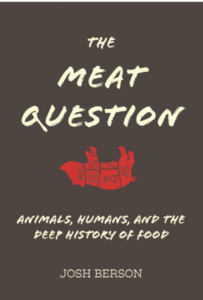Industry-funded study of the week: Pomegranates
The study: Matthews LG, Smyser CD, Cherkerzian S, Alexopoulos D, Kenley J, Tuuli MG, et al. (2019) Maternal pomegranate juice intake and brain structure and function in infants with intrauterine growth restriction: A randomized controlled pilot study. PLoS ONE 14(8): e0219596.
The findings (my emphasis): “There were no group differences in brain injury, metrics or volumes. However, treatment subjects displayed reduced diffusivity within the anterior and posterior limbs of the internal capsule compared with placebo. Resting state functional connectivity demonstrated increased correlation and covariance within several networks in treatment subjects, with alterations most apparent in the visual network in per-protocol analyses. Direct effects on health were not found.
Conclusion: In conclusion, maternal pomegranate juice intake in pregnancies with known IUGR was associated with altered white matter organization and functional connectivity in the infant brain, suggesting differences in brain structure and function following in utero pomegranate juice exposure, warranting continued investigation.
Funding: This work was supported by National Institute of Health Grants R01 HD29190 (D. M. Nelson), K02 NS089852 (C.D. Smyser), U54 HD087011 and P30 HD062171 (T.E. Inder), The Foundation for Barnes-Jewish Hospital (D. M. Nelson) and an unrestricted gift to Washington University School of Medicine from POM Wonderful, Los Angeles, CA. The funders had no role in study design, data collection and analysis, decision to publish, or preparation of the manuscript.
Comment: This is a classic example of interpretation bias. Studies of bias associated with industry funding find that it shows up mostly in the framing of the research question or in the interpretation, as this one demonstrates. The study did not find anything significant but concluded that drinking pomegranate juice during pregnancy is good for the growing fetus.
Bottom line: Fruit juices (of any kind) are good for health as long as volumes are small. Eating the fruit itself is better–less sugar, more fiber.





